One Calgary Man’s Big Idea: Tiny, Tiny Street Food
Tom Brown hands out truly bite-sized snacks from his portable, miniature kitchen.
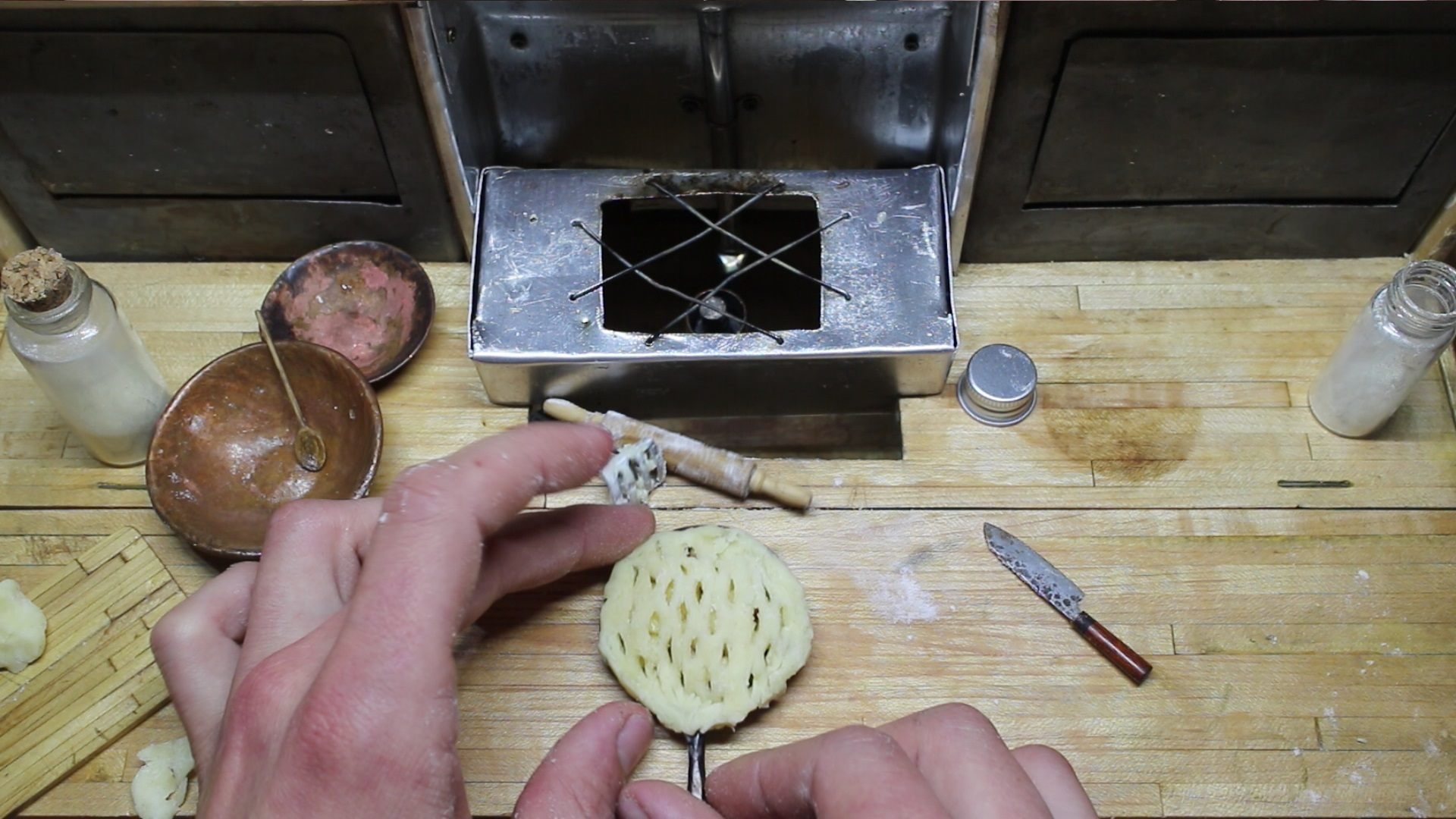
Like many people who love cooking, Tom Brown tries to master a new recipe every week. He’s done dumplings, and shepherd’s pie, and mushroom-based vegan “steaks” with Brussels sprouts. Now that it’s summer, he’s working on chocolate-swirl ice cream from scratch, complete with homemade waffle cones. He even makes his own potato chips. It’s never enough, though: You could probably eat all of his goodies in one meal, and still come back for more.
That’s because Brown cooks tiny. His kitchen—which he built himself, and is outfitted with an oven, a sink, and a stove burner—is about the size of a briefcase. His utensils—handmade spatulas, wooden spoons, and knives of all shapes and sizes—look like they were made for mouse gourmands. Each doughnut is like a glazed Cheerio; each salt-encrusted chip like a baby’s toenail.

Brown has made miniatures ever since he was a child. When he enrolled at the Alberta* College of Art and Design in 2009, he got even more serious about the practice—it was there that he built a working guitar the size of a matchbox, and a weatherbeaten lighthouse barely a foot tall. “When you walked around it, you felt like a giant ship,” he says. “I was like, ‘How can I take this further?’”
In 2014, for his graduation project, he began working on his answer: tiny food, made in a tiny kitchen. “I thought, ‘If I take this thing that’s so close to us, and transform it in this weird way, when people interact with it, the implications for their own life will be stronger,’” he says. “The next time they eat food… they’ll be like, ‘Hey, this is actually an interesting thing I’m doing right now.’”
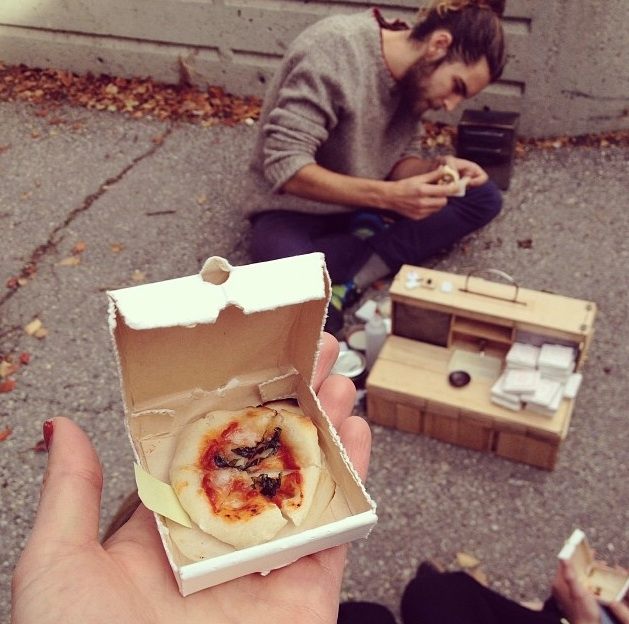
Brown considers public performance a vital part of his art, and whenever weather permits, he takes his miniature kitchen out to the street. He sits down on a cushion, fires up the stove, and gets to work, carefully cooking his tiny treats and handing them out to passers-by, who are generally delighted. “I’ve done burgers, empanadas, corn dogs, spring rolls, doughnuts,” he says. “Everything is possible.”
Unlike other small-scale, presentation-focused chefs, who may heat their stoves with tea lights or incorporate pre-made foods, Brown prides himself on authenticity from start to finish. The miniature stove, which has gone through 37 incarnations, is self-contained, fueled by an eyedropper’s worth of alcohol. He cleans up after himself in the kitchen’s tiny sink.
When he cooks, say, dirty fries, he starts from scratch, chopping onions on a cutting board the width of a postage stamp, and pushing raw potatoes through a tiny French fry punch mounted on the wall of the kitchen.
Watching the video, it does seem magical that the tenets of cooking still hold at this scale—the onions caramelize in their coin-sized cast iron, and the fries gain a crispy, golden outer layer. By the time he places them on a tiny plate, adds an extremely small dollop of cheddar sauce, and tops everything off with truly infinitesimal bits of scallion, it’s like alchemy has taken place. Most importantly, it’s delicious. “It’s part of the process, having everything taste good,” Brown says.
Although he works small, many of Brown’s concerns are the same as any chef’s. He has dreams and aspirations: right now he’s working on the components of a charcuterie board, with vegetarian salami, cheese, and preserves. (All of his “meat”-based dishes are made from soy, for safety reasons.) He also puts his fans first—every week, he posts a new recipe video on Instagram, often based on an audience request. (This week’s was an apple pie.)
And although many of his in-person customers scarf down the bite-sized food immediately, it’s important to him that they have something to take home, whether it’s a petite, hand-stamped pizza box or a centimeter-long pair of chopsticks. “My signature right now is the miniature paper bag,” he says—great for corn dogs and other greasy street foods.
He’s even suffered from every chef’s nightmare: last January, a seam burst on his stove, and the whole thing went up in flames. “It was a very large kitchen fire in a very tiny kitchen,” he says. He has since fixed the problem, but if you look closely, you can still see scorch marks on the kitchen walls.
Brown has an ever-increasing stash of gadgets, which he builds in his studio. Some of them, like the french fry punch, were inspired by his time working in full-sized restaurant kitchens. Others—like a lattice cutter for pie crust, or a double-decker woven steaming basket for dumplings—were necessary to fulfill requests. “I try to keep expanding the repertoire of tools for the kitchen, and for cooking live,” he says.

Still others are whimsical, or aspirational. One tiny knife set is modeled after hammered, hand-forged Japanese chef’s knives, which Brown calls “objects of extreme accomplishment,” and which are out of his price range. “I really want to own all of them, but I can’t—so instead, I make them in miniature,” he says. And while his early knives are all forged from nails, he has started making some out of sterling silver, simply because he can.
Working small opens up other possibilities, too. The kitchen is extremely mobile. When Brown traveled to Capetown for an artist’s residency in 2015, he brought it along, and made samosas and sushi alongside other street vendors. The tiny food made cultural and language barriers less relevant, he says: “It opened up a door that otherwise didn’t exist for me.”

He makes extras of his mini-cutlery, and every Friday he hides a piece around the city and posts a hint about where it is—a game he calls Finder’s Keepers. “One person found a knife that I had made that just happened to be an exact replica of a knife she already owned,” he says.
Later this year, Brown plans to take the whole shebang on tour, where he’ll offer the works: tiny street cooking performances, tiny cutlery scavenger hunts. “I’ll be trying to hide some stuff in National Parks as well,” he says. If you want to see if he’s coming to your hometown, you can keep track of past and future appearances via his Instagram. Until then, stay hungry—but not too hungry.
*Correction: This post previously misstated the name of Brown’s college—it is the Alberta College of Art and Design.
Gastro Obscura covers the world’s most wondrous food and drink.
Sign up for our regular newsletter.



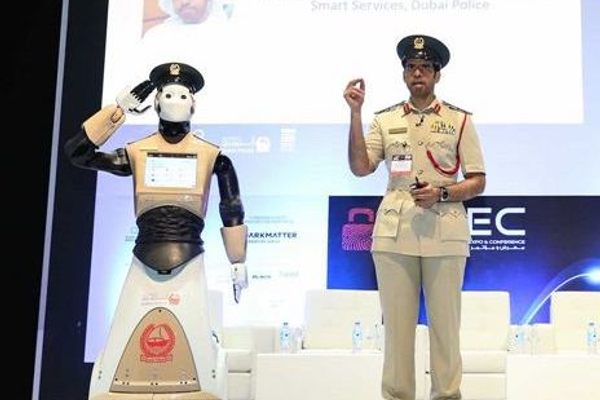





















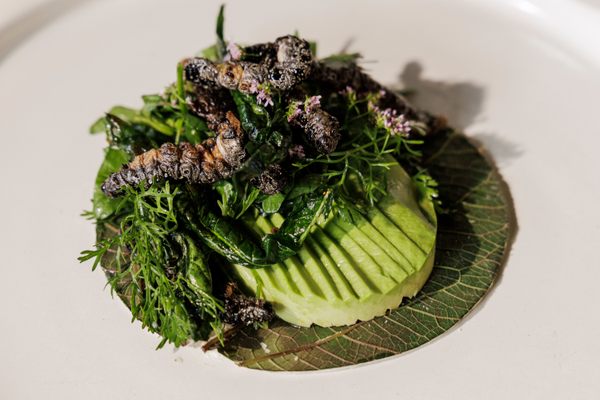
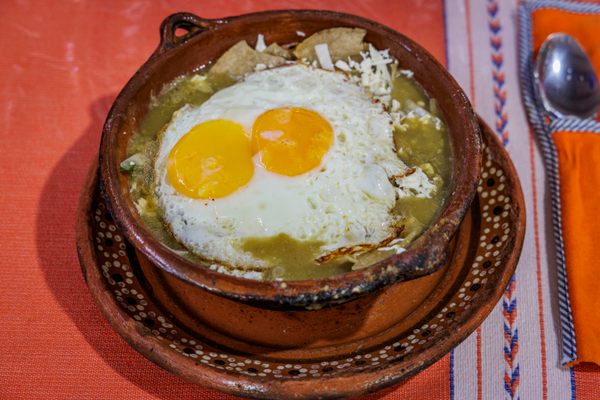


Follow us on Twitter to get the latest on the world's hidden wonders.
Like us on Facebook to get the latest on the world's hidden wonders.
Follow us on Twitter Like us on Facebook